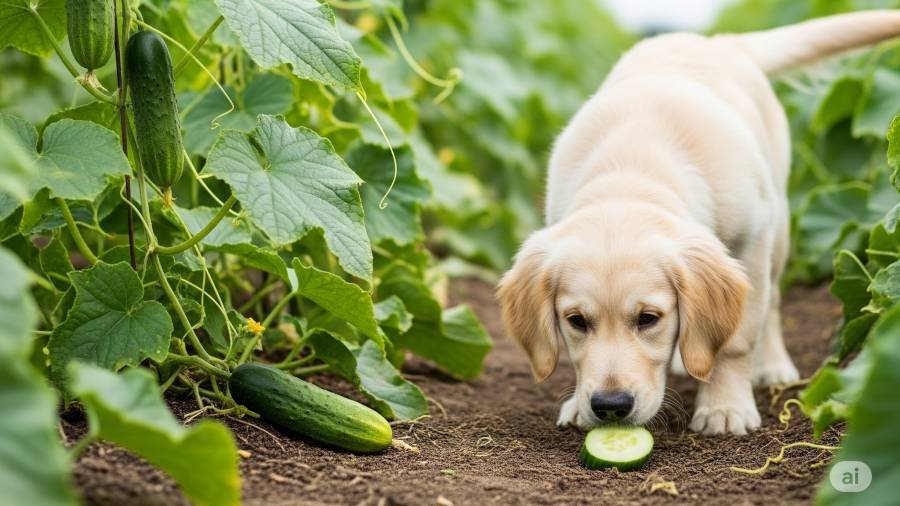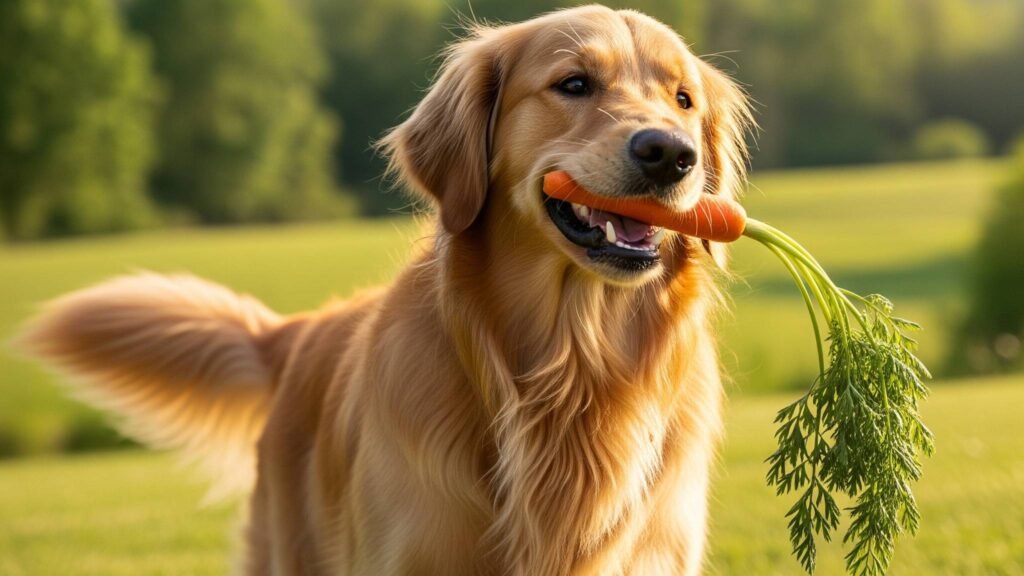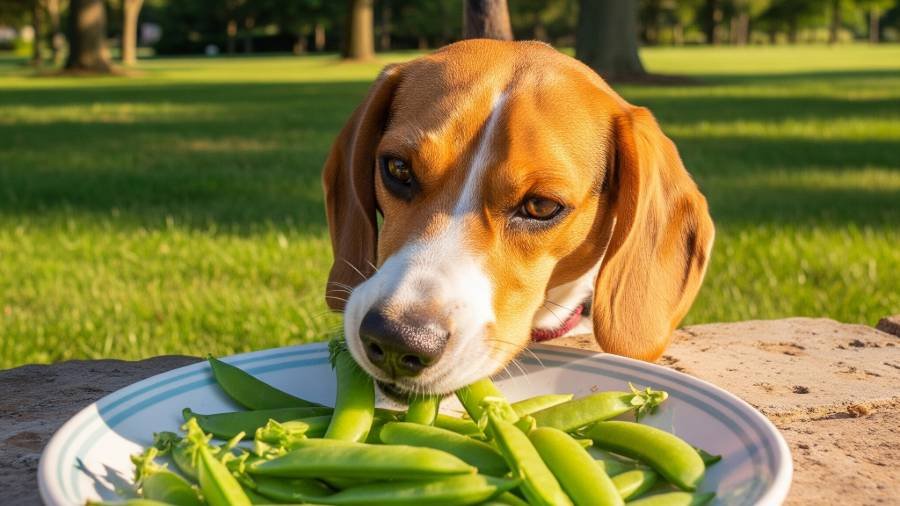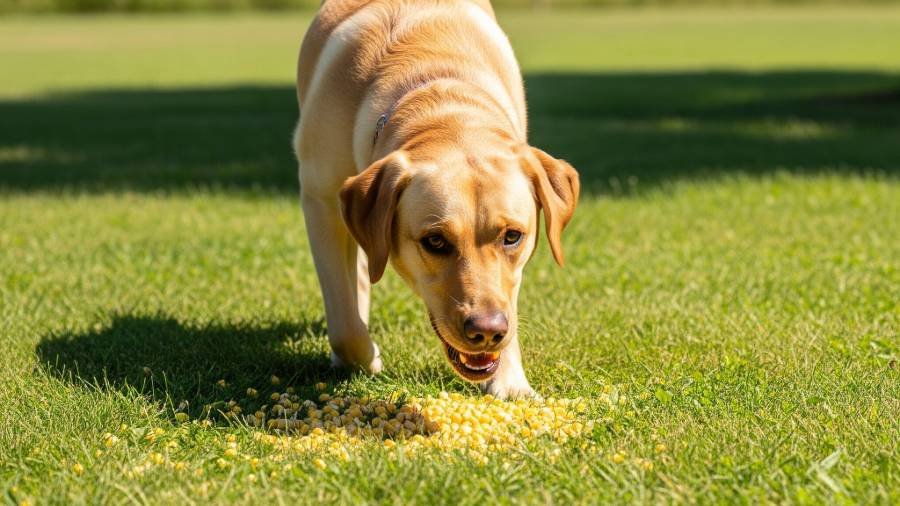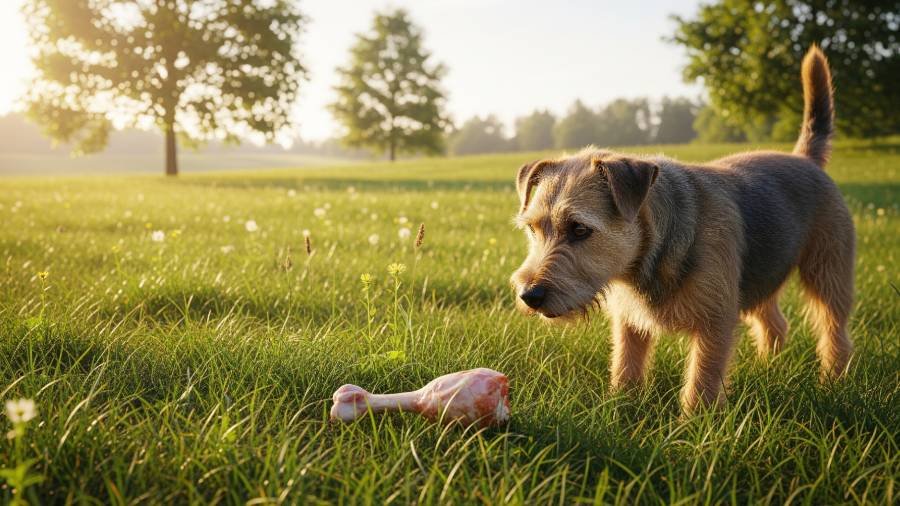The answer is yes, dogs can eat bread in small amounts as a rare treat, provided it’s plain and free of harmful additives.
While bread offers limited nutritional benefits, it can fit into a dog’s diet when offered with care, though it should never replace their primary nutrition source.
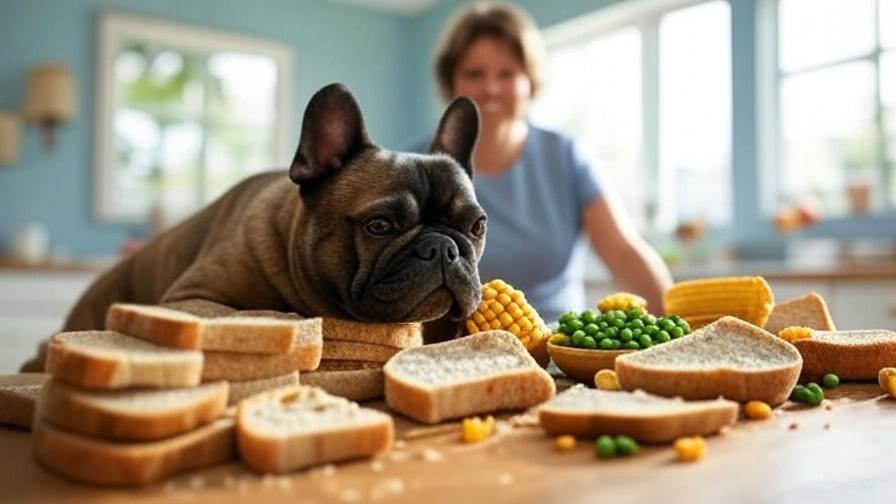
Potential Benefits of Bread for Dogs
When dogs eat bread in small amounts, it can provide modest advantages, though the answer is bread good for dogs is nuanced:
- Energy Source: Plain white bread or rye bread supplies carbohydrates, offering a quick energy boost for active canines.
- Digestive Fiber: Whole-grain types of bread may support gut health and aid digestion when fed sparingly.
- Enjoyable Treat: Many dogs relish the soft texture, making it a simple way to reward them.
- Safe Filler: In small pieces, plain bread serves as a low-risk snack when no toxic ingredients are present.
- Moisture Retention: Soft bread can help hydrate dogs with dry mouths during treats.
These benefits are minimal, and bread should remain a minor part of a dog’s diet. For more on safe carbs, check can dogs eat rice.
Risks and Dangers
While bread isn’t inherently toxic to dogs, several risks of feeding bread to dogs should be considered:
- Weight Gain: The high carbohydrate content can lead to obesity, especially with added ingredients like butter or sugar.
- Raw Bread Dough: Dog eats bread dough poses a severe risk, as yeast fermentation produces alcohol and causes dangerous bloating.
- Wheat Allergy: Some dogs may suffer from a wheat allergy, leading to itching, digestive upset, or ear infections.
- Choking Hazard: Large pieces or dogs eat seeded bread with hard seeds can cause choking or intestinal blockage.
- Toxic Additives: Bread with macadamia nuts, garlic bread, or raisins is harmful. See can dogs eat garlic and can dogs eat nuts for details.
- Nutritional Deficiency: Overfeeding bread lacks essential proteins and fats, disrupting a balanced diet.
How to Safely Feed Bread to Your Dog
To ensure bread is a safe treat, follow these guidelines:
- Select Plain Options: Use plain white bread or simple types of bread, avoiding dogs eat garlic bread or sweetened varieties.
- Cut into Small Pieces: Break bread into bite-sized portions to prevent choking hazard and ease digestion.
- Avoid Raw Dough: Never allow a dog eats bread dough, as it can expand and produce toxins in the stomach.
- Feed in Small Amounts: Offer a tiny piece (e.g., a small crust or a teaspoon) once or twice a month, keeping treats under 10% of your dog’s daily caloric intake.
- Check for Additives: Ensure no toxic components like macadamia nuts or raisins are included. Refer to can dogs eat raisins for more.
- Monitor Reactions: Introduce bread gradually and watch for digestive issues (e.g., vomiting, diarrhea) or allergies (e.g., itching) over 24–48 hours. Consult a vet if problems occur.
- Consult a Vet: Seek veterinary advice before feeding bread, especially for dogs with wheat allergy, weight concerns, or digestive sensitivities.
Signs of Bread-Related Issues
If a dog consumes too much bread or reacts poorly, look for:
- Vomiting or diarrhea from digestive trouble
- Bloating, lethargy, or abdominal pain (signs of raw bread dough ingestion)
- Excessive gas or weight gain
- Itching, swelling, or ear issues (indicating a wheat allergy)
- Choking or difficulty breathing (from large pieces or seeds)
If these signs appear, stop feeding and contact a veterinarian immediately. Raw dough toxicity or blockages require urgent care.
Expert Opinions
Veterinary sources, such as the ASPCA and VCA Hospitals, state that plain bread is safe for dogs to eat in small amounts, but caution against raw bread dough and flavored types with toxic additives. The ASPCA recommends monitoring for wheat allergy and limiting intake to avoid weight gain. Experts emphasize a balanced diet over bread reliance. For more on safe treats, explore can dogs eat oatmeal.
Additional Considerations
- Health Conditions: Dogs with wheat allergy, diabetes, or obesity should avoid bread due to carbs and potential reactions. Consult a vet first.
- Puppies: Young dogs may need smaller, softer pieces and should only eat bread with vet approval.
- Dog Preferences: Some dogs love bread’s texture, while others may not. If uninterested, try alternatives like those in can dogs eat carrots.
- Organic vs. Non-Organic: Organic bread may reduce pesticide risk in ingredients, but plainness is critical.
- Commercial Dog Foods: Some dog foods include bread derivatives, formulated safely. Confirm with a vet if needed.
Safe Treat Alternatives
Instead of bread, consider these safe-for-dogs treats, tailored to enhance a dog’s diet and offering internal linking opportunities:
- Cooked Turkey: Plain, unseasoned turkey delivers lean protein. Learn more in our guide on can dogs eat turkey.
- Blueberries: A few fresh blueberries provide antioxidants and low calories.
- Peas: Small, steamed green peas offer fiber and nutrients.
- Pumpkin: A teaspoon of plain, cooked pumpkin aids digestion. See our guide on can dogs eat pumpkin pie.
Introduce new dog treats gradually, monitor for reactions, and consult a vet if unsure about safety.
Dogs can eat bread in small pieces as a safe, occasional treat, offering limited nutritional benefits when free of toxic additives like macadamia nuts or garlic bread.
However, risks of feeding bread to dogs, such as weight gain, raw bread dough toxicity, or wheat allergy, demand careful moderation and preparation. Dogs with health issues or puppies should avoid bread unless approved by a vet, and a balanced diet should remain the priority.
Always consult a veterinarian before adding bread or other people foods. For more on canine nutrition, explore can dogs eat corn, can dogs eat rice, or what fruits can dogs eat.
For additional questions about what dogs can eat or nutrition, feel free to ask!
